Long before massive theme park corporations dominated the landscape, local amusement parks provided affordable family entertainment across America. These historic pleasure grounds offered simple joys: wooden roller coasters, carousels with hand-carved horses, and games of chance alongside picnic groves and dance halls. Remarkably, some of these early 20th-century gems survive today, maintaining their vintage charm while adapting to modern expectations. These living museums of entertainment history offer experiences increasingly rare in our digital age—authentic mechanical amusements built in an era when craftsmanship and personal service defined the visitor experience.
Here is a list of 20 vintage amusement parks across America that continue thrilling visitors decades after their heyday.
Kennywood
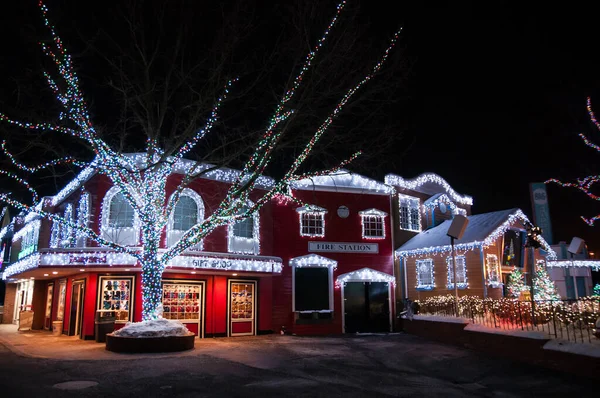
This Pittsburgh treasure opened in 1899 as a trolley park and maintains one of the finest collections of early 20th-century rides anywhere. The park features three classic wooden coasters, including the 1920 Jack Rabbit, which delivers surprising airtime for its age.
The magnificent 1926 Grand Carousel still awards brass rings to lucky riders reaching for their hand-carved wooden horses.
Lake Compounce
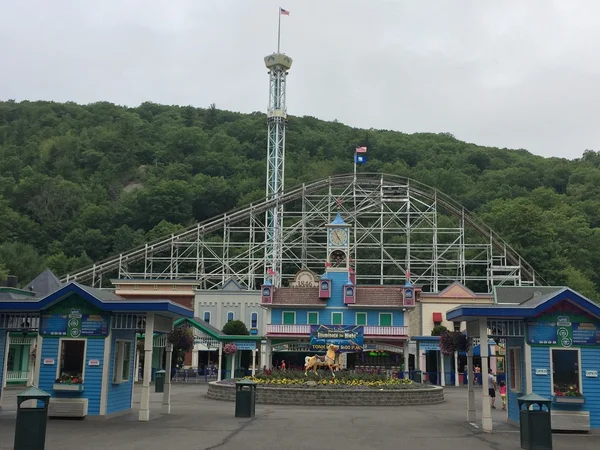
Established in 1846, America’s oldest continuously operating amusement park preserves its historic charm in Bristol, Connecticut. The 1927 Wildcat wooden coaster delivers classic thrills, while the 1911 carousel continues its gentle revolutions accompanied by a band organ.
The park’s location alongside a scenic lake allows for picturesque strolls between vintage attractions and more modern additions.
Like Travel Pug’s content? Follow us on MSN.
Knoebels
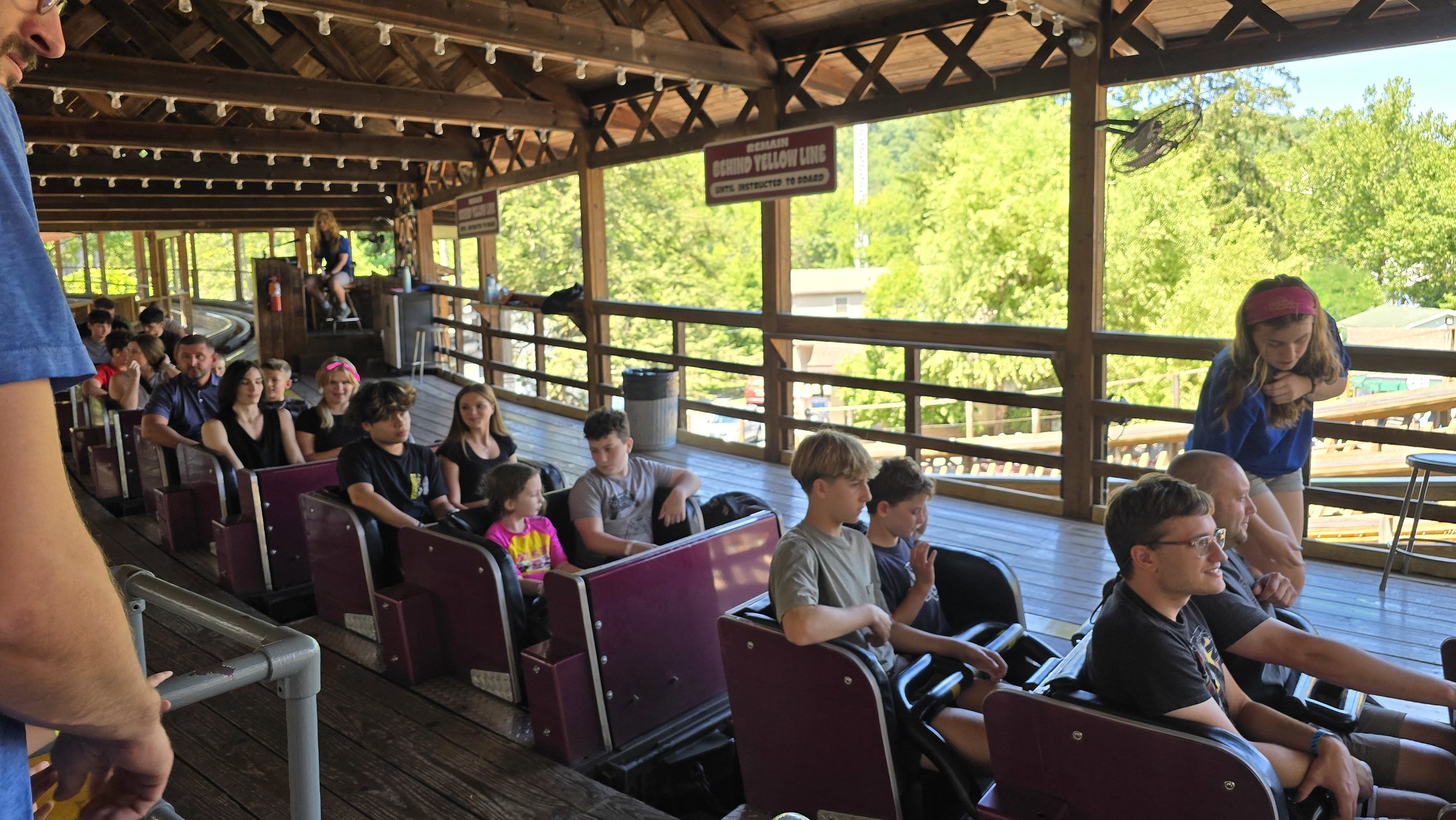
This family-owned park in Elysburg, Pennsylvania, operates on the increasingly rare pay-per-ride model, allowing visitors to experience its historic attractions affordably. The 1948 Haunted Mansion dark ride maintains its vintage charms with practical effects rather than digital projections.
The award-winning Phoenix roller coaster, rescued and relocated from a shuttered Texas park, demonstrates the enduring quality of classic wooden coaster design.
Cedar Point
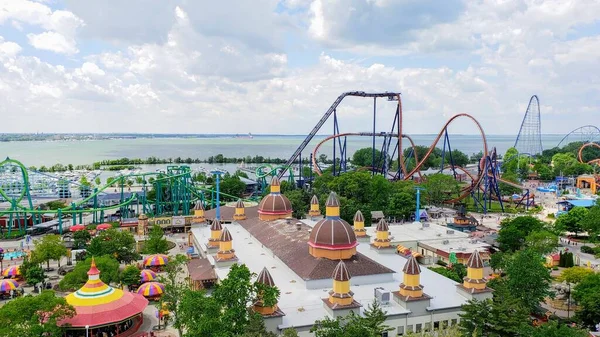
While known for modern steel coasters, this Sandusky, Ohio, park, dating to 1870, preserves significant historical attractions amidst contemporary thrills. The 1964 Blue Streak wooden coaster retains the classic out-and-back layout popularized in early 20th-century amusement parks.
The park’s vintage midway architecture and magnificent Hotel Breakers (1905) maintain connections to the golden age of lakeside resorts.
Santa Cruz Beach Boardwalk

Operating continuously since 1907, this California seaside park combines vintage rides with ocean views for a classic American experience. The legendary Giant Dipper wooden coaster, built in 1924, retains its original thrill factor while enjoying National Historic Landmark status.
The 1911 Looff Carousel features 73 hand-carved horses and an authentic Ruth band organ providing period-appropriate musical accompaniment.
Like Travel Pug’s content? Follow us on MSN.
Coney Island
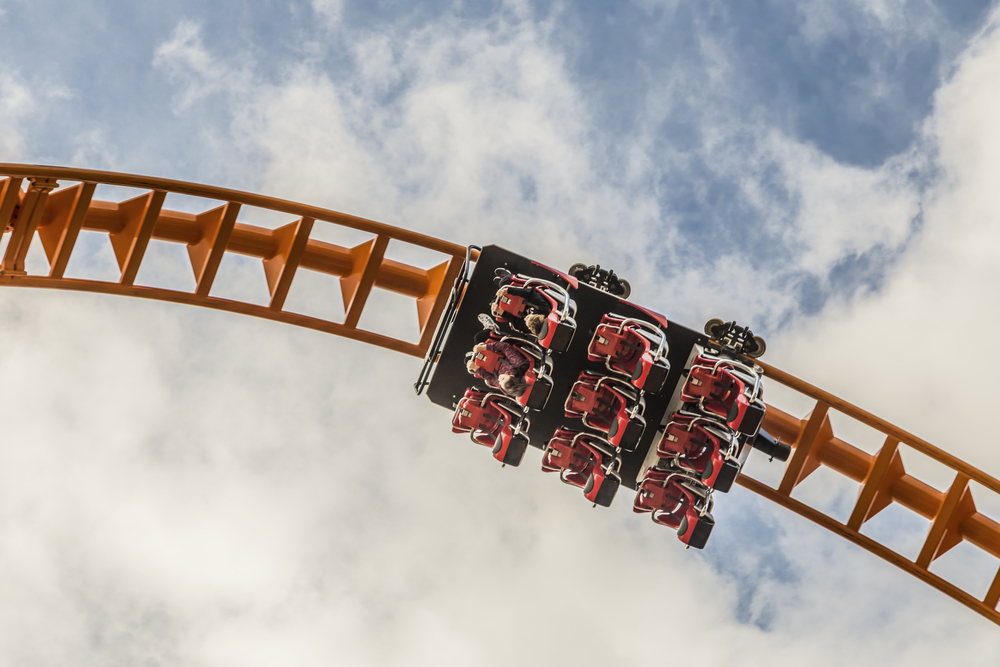
This Brooklyn icon has survived urban development pressure and economic challenges to maintain multiple historic attractions. The 1927 Cyclone roller coaster delivers bone-rattling thrills just as it did during the Roaring Twenties, maintaining its wooden structure and classic layout.
The recently restored B&B Carousell, featuring horses hand-carved in 1906, preserves the craftsmanship of immigrant artisans who created many such attractions during the amusement’s golden age.
Seabreeze
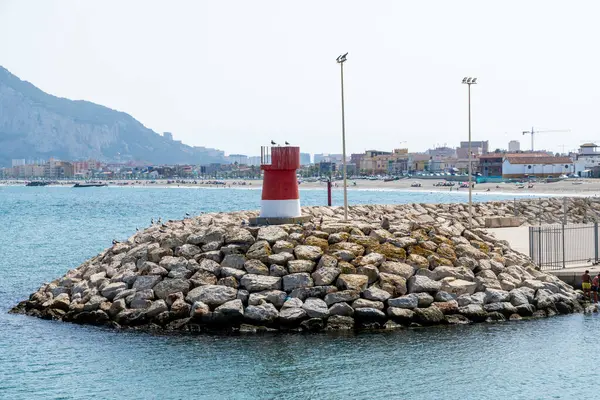
Operating since 1879 on Lake Ontario in Rochester, New York, this vintage park effectively balances historic and modern attractions. The 1920 Jack Rabbit remains one of America’s oldest operating roller coasters, featuring a classic layout with unexpected drops and airtime.
The Philadelphia Toboggan Company carousel from 1915 showcases hand-carved figures with exceptional detail rarely seen in modern manufacturing.
Playland
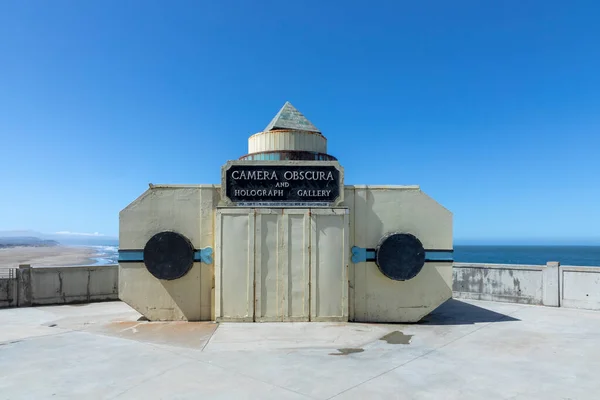
This Art Deco masterpiece in Rye, New York, opened in 1928 as America’s first planned amusement park, designed entirely in a unified architectural style. The wooden Dragon Coaster, built in 1929, features a distinctive tunnel through a dragon’s mouth that remains delightfully low-tech.
The park’s central colonnaded plaza looks much as it did in opening-year photographs, transporting visitors to the pre-Depression era of American leisure.
Like Travel Pug’s content? Follow us on MSN.
Oaks Amusement Park
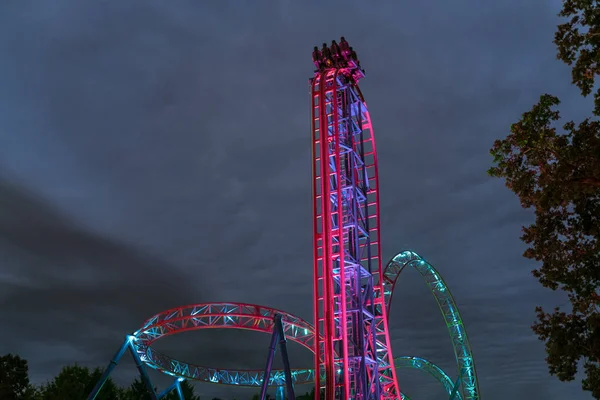
Portland’s historic park has operated continuously since 1905, maintaining its vintage feel despite modernization. The 1911 Herschell-Spillman carousel features hand-carved horses with genuine horsehair tails and original beveled mirrors.
The park’s roller skating rink, one of America’s largest, has hosted generations of skaters on its maple floor while pipe organ music provides authentic old-fashioned accompaniment.
Belmont Park

This San Diego oceanfront pleasure ground preserves the 1925 Giant Dipper roller coaster as its centerpiece attraction. The wooden coaster closed for eleven years but was saved from demolition by community efforts and reopened in 1990.
The restored vintage attraction now anchors a revitalized entertainment area where visitors can experience classic thrills with Pacific Ocean views.
Camden Park
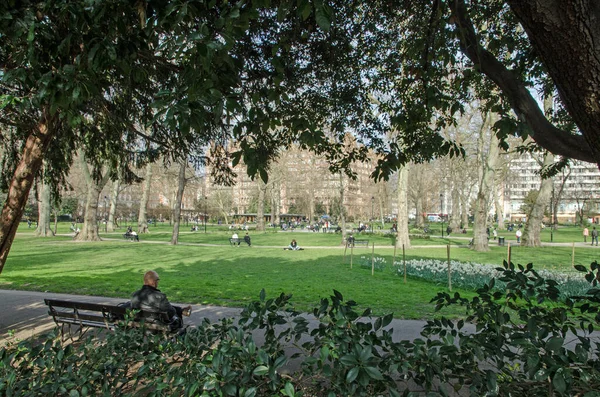
West Virginia’s only amusement park opened in 1903 as a trolley park and maintains much of its mid-century ambiance. The Big Dipper wooden coaster, constructed in 1958, features a traditional design reminiscent of earlier decades.
The park’s vintage Whip and Tilt-A-Whirl rides operate much as they did generations ago, providing authentic mechanical thrills increasingly rare in the digital age.
Like Travel Pug’s content? Follow us on MSN.
Dorney Park
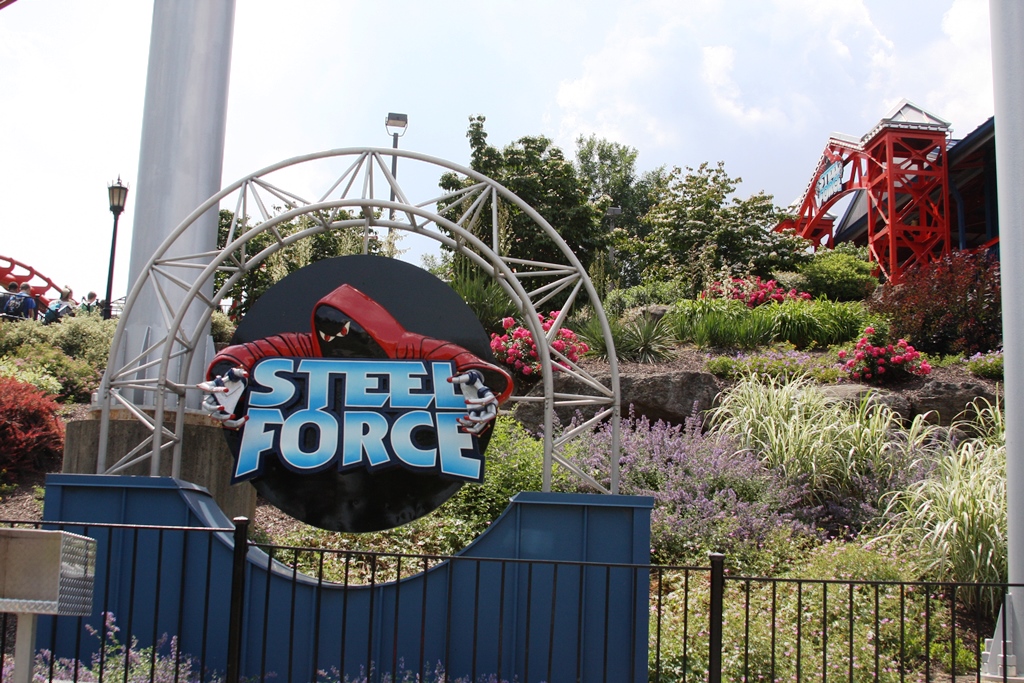
This Allentown, Pennsylvania, park, dating to 1884, preserves several significant historic attractions despite numerous modernizations. The 1935 Zephyr train ride maintains its original route through forested areas away from the midway’s hustle.
The classic Philadelphia Toboggan Company Carousel #38 continues its rotations accompanied by an authentic Wurlitzer band organ.
Lakeside Amusement Park
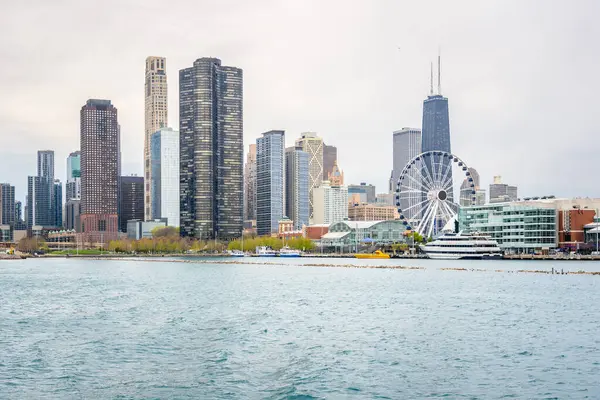
Denver’s historic park opened in 1908 and maintains exceptional Art Deco and mid-century structures that transport visitors to earlier eras. The 1940 Cyclone wooden roller coaster delivers forceful turns and surprising drops just as it did during the swing era.
The park’s spectacular neon lighting and preserved tower create a remarkably authentic vintage atmosphere after sunset.
Lakemont Park
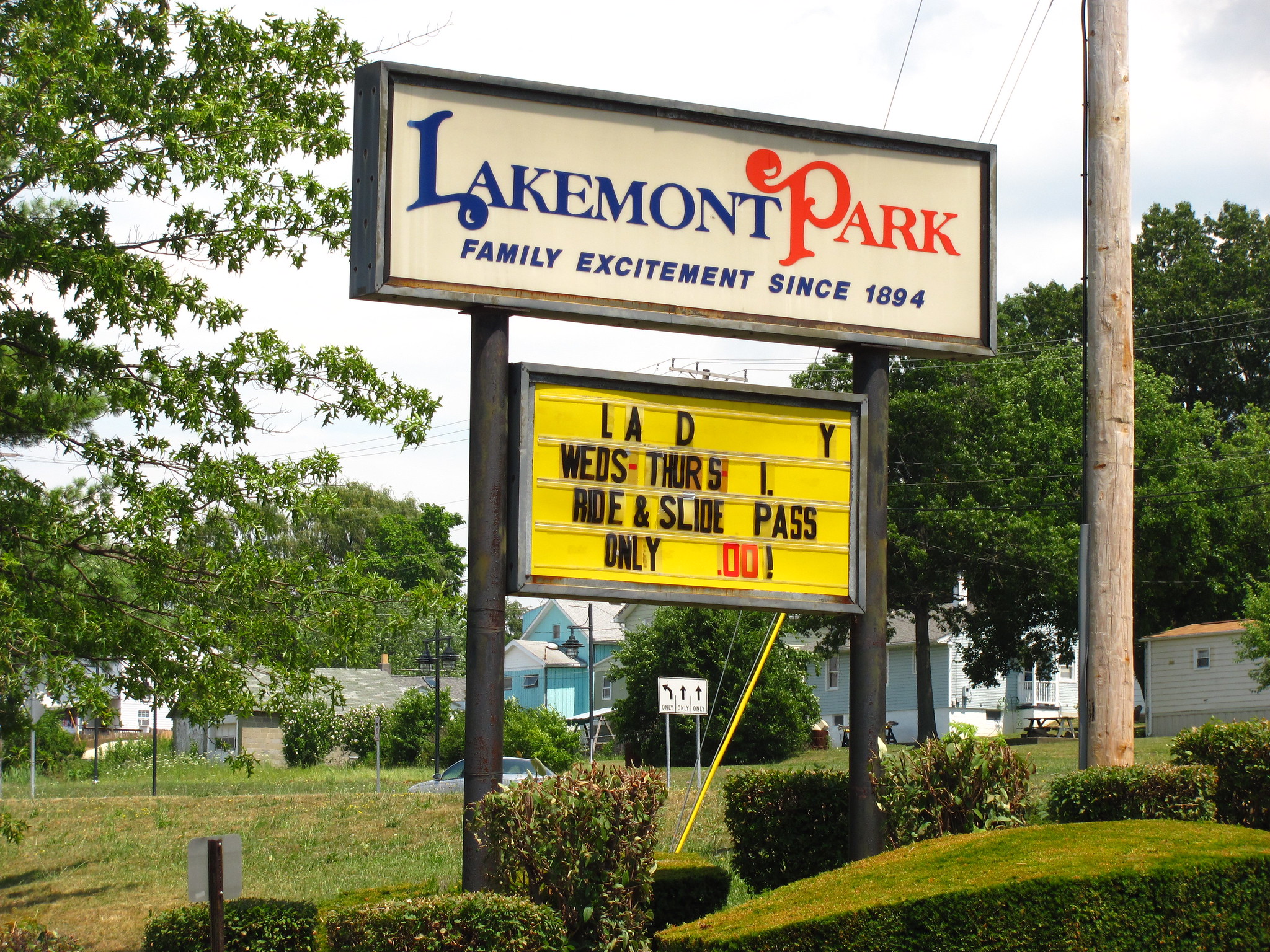
This Altoona, Pennsylvania, park features Leap-The-Dips, built in 1902 and certified by Guinness as the world’s oldest operating roller coaster. The side-friction design moves slowly by modern standards, but provides a living history experience impossible to replicate elsewhere.
The park’s vintage Allan Herschell Mad Mouse from 1947 demonstrates early steel coaster technology before massive tubular track designs became industry standard.
Like Travel Pug’s content? Follow us on MSN.
Forest Park Carousel
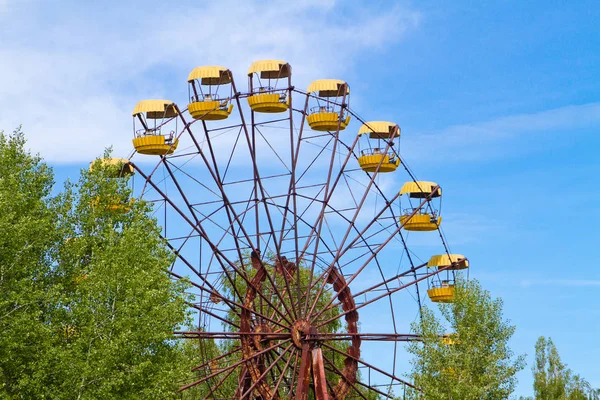
This Queens, New York attraction features impeccably restored figures carved by master craftsman Daniel Carl Muller around 1903. The hand-carved menagerie animals, including cats, rabbits, and deer alongside traditional horses, showcase exceptional artistry rarely seen in modern manufacturing.
The carousel pavilion creates a time capsule experience in the heart of New York City, achieving landmark status in recognition of its cultural significance.
Waldameer Park

Erie, Pennsylvania’s trolley park has operated since 1896, maintaining vintage charm while adding modern attractions. The 1951 Comet wooden roller coaster delivers classic thrills designed by Herbert Schmeck, one of the mid-century’s most influential coaster creators.
The park’s preserved midway games and traditional park layout maintain connections to earlier eras of American amusement.
Blackpool Pleasure Beach
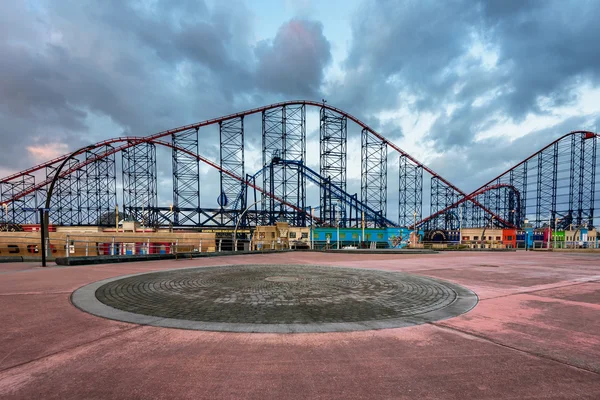
Though located in England, this 1896 park preserves numerous American-designed vintage attractions, arguably better than any U.S. property. The 1933 wooden roller coaster, simply named “Roller Coaster,” uses traditional side-friction technology that is now extinct in American parks.
The 1904 Sir Hiram Maxim Flying Machines, the earliest surviving flying ride anywhere, still lifts riders above the midway using the original mechanism.
Like Travel Pug’s content? Follow us on MSN.
Midway State Park
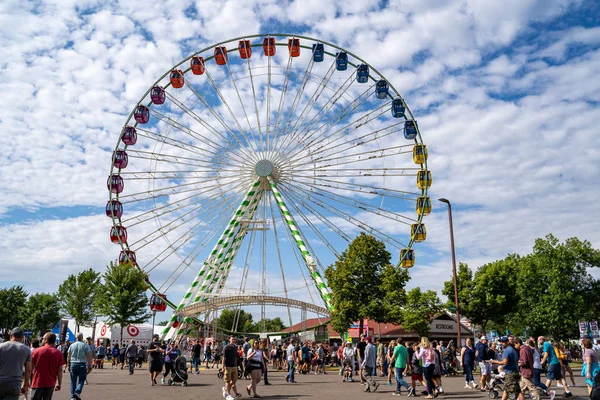
This 1898 trolley park in Maple Springs, New York, became state-owned in 2007, ensuring the preservation of its historic rides and structures. The 1946 Allan Herschell Carousel maintains original figures alongside functioning band organ music, just as generations of visitors have experienced.
The park’s vintage kiddie rides, arcade, and traditional midway games create an atmosphere increasingly difficult to find in the contemporary entertainment landscape.
Conneaut Lake Park

This northwestern Pennsylvania park opened in 1892 and preserves significant vintage attractions despite economic challenges. The Blue Streak roller coaster, built in 1938 by early coaster innovator Edward Vettel, Sr., maintains its traditional out-and-back layout.
The park’s historic Hotel Conneaut (1903) represents the grand resort architecture common before automobile travel transformed vacation patterns nationally.
Canobie Lake Park
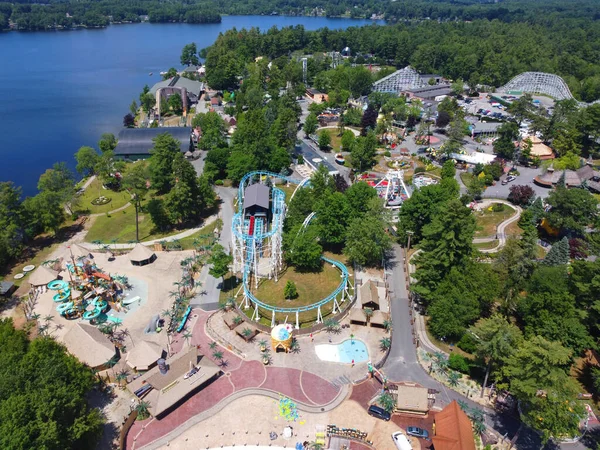
This Salem, New Hampshire, park opened in 1902 as a trolley park and maintains numerous vintage attractions among modern additions. The Antique Cars attraction preserves the traditional driving ride once common at American parks, featuring Model T replicas driving on guide rails.
The park’s meticulously preserved 1903 carousel showcases hand-carved figures by renowned manufacturers Looff and Dentzel, representing the peak of carousel craftsmanship.
Like Travel Pug’s content? Follow us on MSN.
Mechanical Memories

These vintage amusement parks offer more than entertainment—they provide increasingly rare connections to earlier eras of American recreation and craftsmanship. The distinctive clatter of wooden roller coaster trains, the calliope music of antique carousels, and the atmospheric lighting of historic midways create multisensory experiences impossible to replicate with modern technology.
By patronizing these living museums of mechanical amusement, visitors help ensure these authentic pieces of entertainment history survive for future generations to enjoy.
More from Travel Pug

- Cities Growing so Fast You Won’t Recognize Them in 10 Years
- 13 Destinations Where Tourists Regularly Regret Their Trip
- 16 U.S. Cities That Are Quietly Becoming Travel Hotspots
- Where to Travel If You Love Long Bus Rides and Daydreams
- 20 Cities Perfect for Solo Travelers Who Crave Adventure & Culture
Like Travel Pug’s content? Follow us on MSN.
